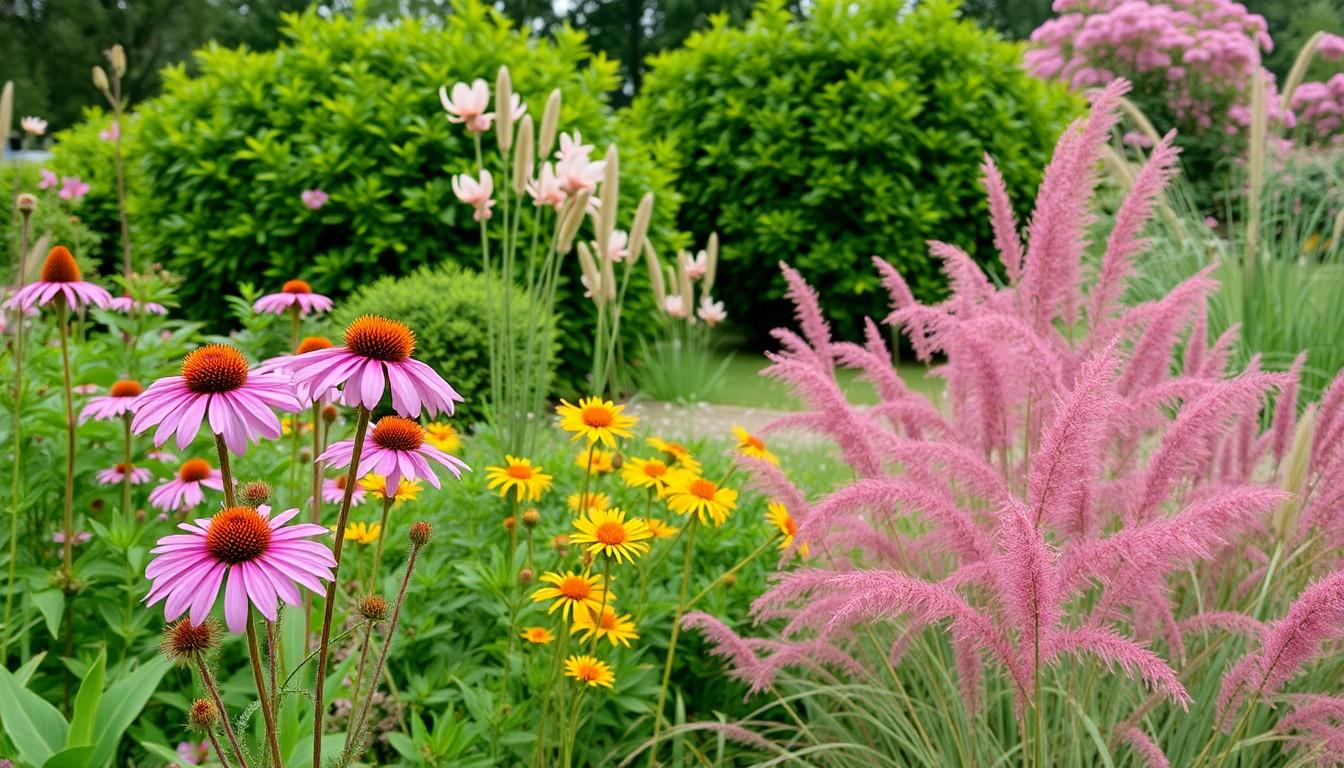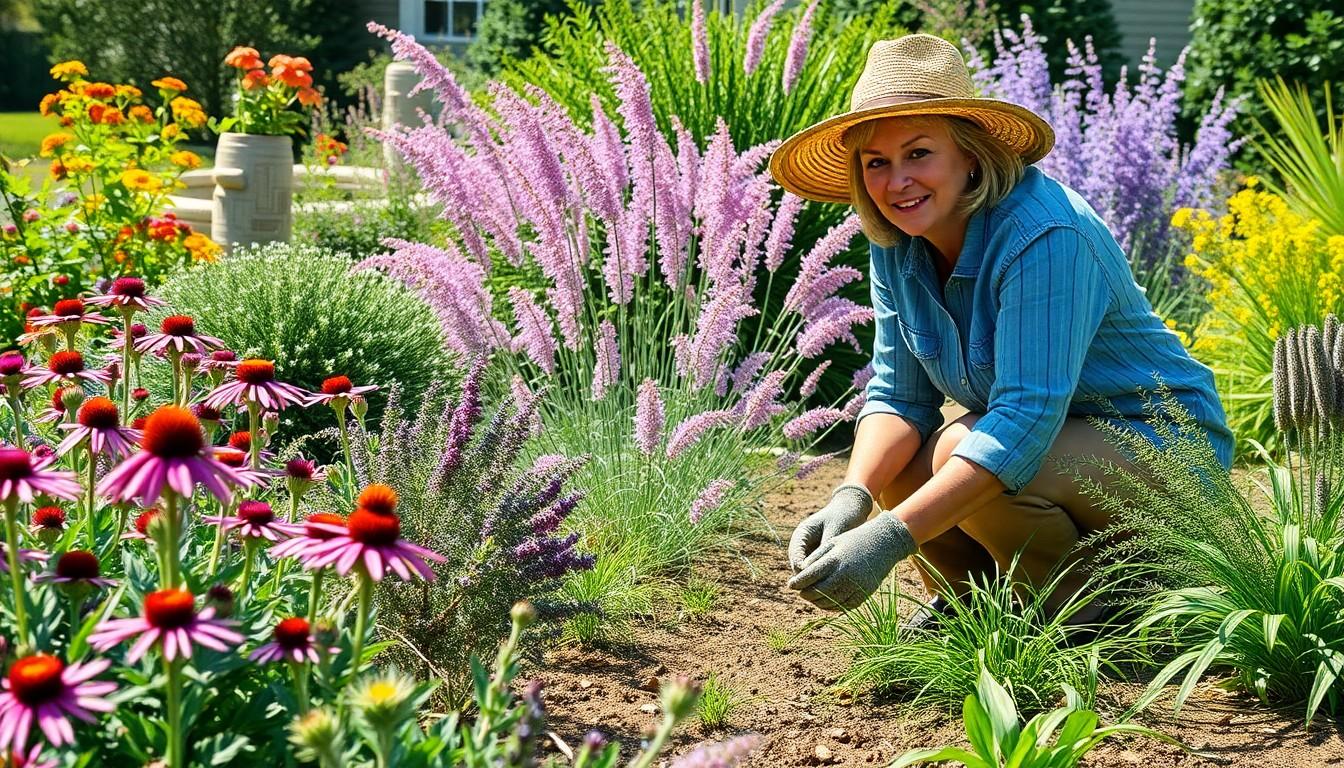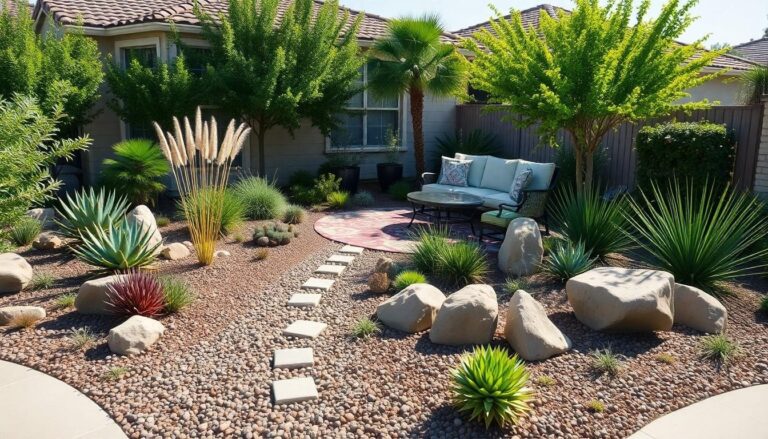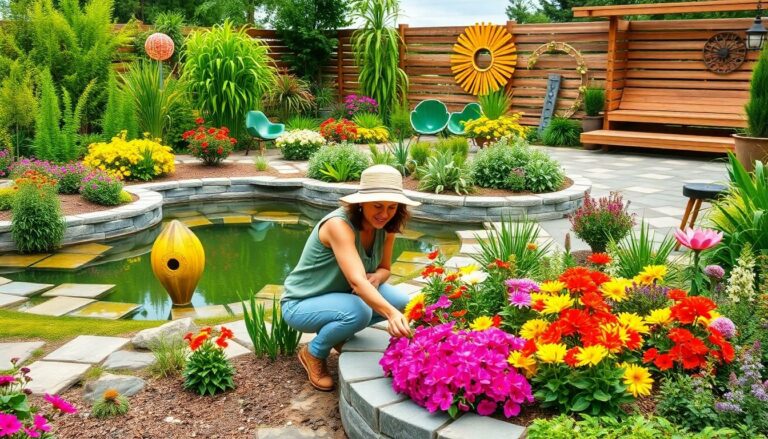Alabama’s native plants are like the unsung heroes of landscaping, ready to transform any yard into a vibrant oasis. These local wonders not only thrive in the southern climate but also bring a splash of color and a dash of personality to outdoor spaces. Who wouldn’t want their garden to stand out like a peacock at a pigeon convention?
Benefits Of Using Native Alabama Plants For Landscaping
Native Alabama plants offer numerous advantages for landscaping projects. These plants contribute to the health of the environment and enhance the visual appeal of outdoor spaces.
Environmental Advantages
Native plants support local ecosystems. They provide habitat for wildlife, including pollinators like bees and butterflies. Additionally, these plants require less water and fertilizer, which conserves resources and reduces chemical runoff. Soil health improves as native plants adapt to local conditions, promoting biodiversity. In Alabama, incorporating these species fosters a resilient landscape that withstands pests and diseases while reducing maintenance efforts.
Aesthetic Appeal
Aesthetic appeal increases with native Alabama plants in a landscape. Vibrant colors and diverse textures create stunning gardens that evolve with the seasons. Unique shapes and forms of native species add interest and character. They blend seamlessly with local landscapes, reinforcing a sense of place. By choosing native plants, landscapers achieve visually striking designs that stand out while remaining harmonious with nature.
Popular Native Alabama Plants

Alabama boasts a variety of native plants that elevate any landscape. These selections not only enhance aesthetics but also support local ecosystems.
Flowering Plants
Echinacea purpurea, commonly known as purple coneflower, attracts butterflies with its bright, daisy-like blooms. Liatris spicata, or blazing star, provides vertical interest and offers nectar for pollinators. Coreopsis tinctoria, known as ticking clock, blooms for an extended period with its cheerful yellow flowers. This extensive flowering season supports garden vibrancy.
Shrubs and Trees
Ilex opaca, or American holly, adds year-round greenery and produces red berries for birds. Carya ovata, commonly called shagbark hickory, provides shade and produces edible nuts. Additionally, Rhododendron canescens, or pink azalea, bursts forth with striking blooms in spring and attracts pollinators. These plants create varied textures and heights in landscaping.
Grasses and Groundcovers
Muhlenbergia capillaris, known as pink muhly grass, creates dramatic plumes that sway gently in the wind. This grass offers drought resilience and connects with local wildlife. Solidago odora, or sweet goldenrod, serves as a lovely groundcover while attracting beneficial insects. These native plants form lush, sustainable landscapes that thrive in Alabama’s climate.
Designing With Native Plants
Incorporating native plants into landscaping designs offers a variety of benefits. These plants not only thrive in Alabama’s environment but also enhance the visual appeal of any yard.
Planting Strategies
Successful planting strategies maximize the advantages of native Alabama plants. Start by assessing sunlight, soil type, and moisture levels in the landscape. Group plants with similar needs together. This helps create microenvironments that support growth. Consider planting in layers; taller plants can provide shade and shelter for shorter plants. Calculating the spacing between plants promotes air circulation and reduces competition for nutrients. Timing is crucial; planting during the cooler months allows roots to establish before summer heat. Regular maintenance ensures plants flourish while maintaining their natural beauty.
Creating Habitats
Creating habitats with native plants enhances local ecosystems. Selecting diverse species attracts various pollinators, enriching biodiversity. Incorporate flowering plants to provide nectar sources for bees and butterflies. Dense shrubs offer nesting sites for birds, enhancing wildlife presence. Adding groundcovers helps to stabilize soil and reduce erosion. Integrating water sources, such as small ponds or birdbaths, supports wildlife diversity while providing hydration. These strategies not only benefit local wildlife but also contribute to a thriving, sustainable landscape.
Maintenance Tips For Native Plant Landscaping
Maintaining native Alabama plants requires specific strategies that align with their natural growth habits. Effective management enhances their survival and maximizes their landscaping benefits.
Watering and Fertilizing
Watering priorities shift based on seasonal rainfall. During dry periods, native plants often require supplemental watering to establish robust root systems. Use soaker hoses or drip irrigation to deliver moisture directly to the roots, minimizing evaporation. Fertilizing needs differ for native plants, with most thriving without synthetic fertilizers. Instead, applying organic compost can improve soil quality, promote healthy growth, and foster biodiversity. Balance is key; too much fertilizer can harm sensitive species, while adequate nutrients support their development.
Pest Management
Natural pest management methods work best for native plant landscapes. Attracting beneficial insects, such as ladybugs and lacewings, helps control harmful pest populations. Employing companion planting also serves as a deterrent, as certain plants repel pests naturally. Monitoring plants regularly provides insights into any pest issues early on. When necessary, consider using insecticidal soap or neem oil as environmentally friendly treatment options. Following these methods preserves the ecological balance while keeping the landscape healthy and thriving.
Conclusion
Embracing native Alabama plants for landscaping not only beautifies outdoor spaces but also fosters a healthier environment. These plants are perfectly adapted to local conditions and require minimal maintenance, making them an ideal choice for sustainable gardening. By selecting a diverse range of native species, homeowners can create vibrant landscapes that attract wildlife and support local ecosystems.
Implementing thoughtful design strategies and maintenance practices ensures these plants thrive while enhancing the overall aesthetic appeal of gardens. Ultimately, incorporating native plants is a step toward a more resilient and ecologically balanced landscape that reflects Alabama’s natural beauty.





